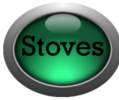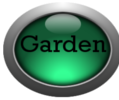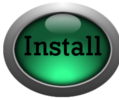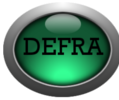Menu
Our other websites
What is twin wall flue?
....back to articles index
GoogleWHAT IS TWIN WALL FLUE PIPE (insulated flue) AND WHY DO I NEED TO USE IT?
Twin wall flue pipe (also known as chimney flue or insulated flue) is a type of flue system used when a traditional chimney stack is not available.
Twin wall flue is used to get rid of the exhaust gases from a wide range of appliances including wood burning or multi fuel stoves, pellet stoves, boilers, incinerators, ovens and air conditioning systems
.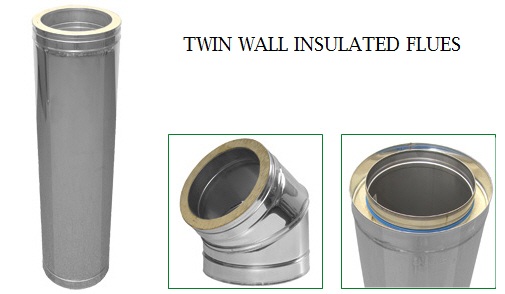
The twin wall flue is essentially a flue pipe, inside another flue pipe with a layer of insulation between the two pieces. This layer ensures that the exterior of the twin wall flue does not get hot enough to cause damage to surround structures, (although it does get warm to the touch)
Twin wall systems are available with a full range of fittings so you can build an entire chimney.
Therefore you can obtain straight lengths, elbows, a range of different wall brackets, chimney cowls, flashings (seals) etc...
The pieces are designed to push fit together and then sealed with a locking band. In some systems, the wall brackets also double up as locking bands - thus doing two jobs at once.
A twin wall system can be used to construct a chimney in a house where there is no traditional chimney stack, or to position a wood burner in a room with no chimney.
The installation of these systems is governed by the UK Building Regulations, primarily to ensure the safety of the occupants and neighbours of a property with such a flue. These are concerned with preventing a fire and preventing the leakage of potentially toxic chimney gases (such as carbon monoxide) into the building.
As you can see in the image on the left, a flue can be taken up internally within a structure so it passes through an upstairs or loft before leaving via the roof.
Where this is done, care has to be taken to ensure firestop plates are fitted where the flue passes through the structure.
In addition a proper flashing seal needs to be fitted where the flue exits the roof to avoid any problems with rain water leaking in around the flue.
This type of installation provides a solution for many modern houses where no chimney was installed because we all thought gas or electric central heating systems were going to be the only methods of heating homes for the next 100 years!
methods of heating homes for the next 100 years!
Another way of doing the same thing is possible if you are going to situate your wood burning stove against a suitable outside wall, and that is to take the flue out through the wall and up the outside of the building as in the image on the right.
Where bends are to be added to a system like this, it is better to make the angles of the bend as small as possible because hot gases prefer to rise straight up, and not go around sharp corners.
In the example on the right a 135 T-Piece is used where the flue goes through the wall, and this also allows the fitting of a soot drain in the bottom of the T piece to make cleaning the flue easier.
Where the flue passes through the wall a "finishing plate" is added to cover the hole and present a neater finish, and often a "wall sleeve" is used to provide protection around the flue as it passes through the wall.
An installation like this needs to go up the outside wall of the house and then go at least 1 metre above the gutter height of the house, where a weathering cap or rain cap type cowl is the last piece added. This is to ensure that the rain cannot get in and neither can any birds attracted by the warmth!
Instead of going through the roof overhang (like in the example on the right), it is also possible to round it using a pair of 45 degree elbows.
Twin wall flue systems like this are ideal for adding a wood burning or multi fuel stove to a conservatory, an extension, a shed, garage or other garden outbuilding.
Providing you take care to comply with the Building Regulations (including getting the completed installation checked and certified as safe) it can provide a solution to lots of heating problems around the home, and help you save money on gas and electric bills.
TO SHOP FOR TWIN WALL FLUE PARTS START HERE
Please note these articles are inended for GENERAL GUIDANCE ONLY. We do not provide advice over the phone or by email to customers looking for a free consultancy service to help them with a DIY install, and if you have bought your stove, chimney liner or other installation kit from another supplier, we will not answer any questions or otherwise get involved in disputes or queries. Please check with your local council building controls department before commencing any work if you are unsure of the regulaions.


